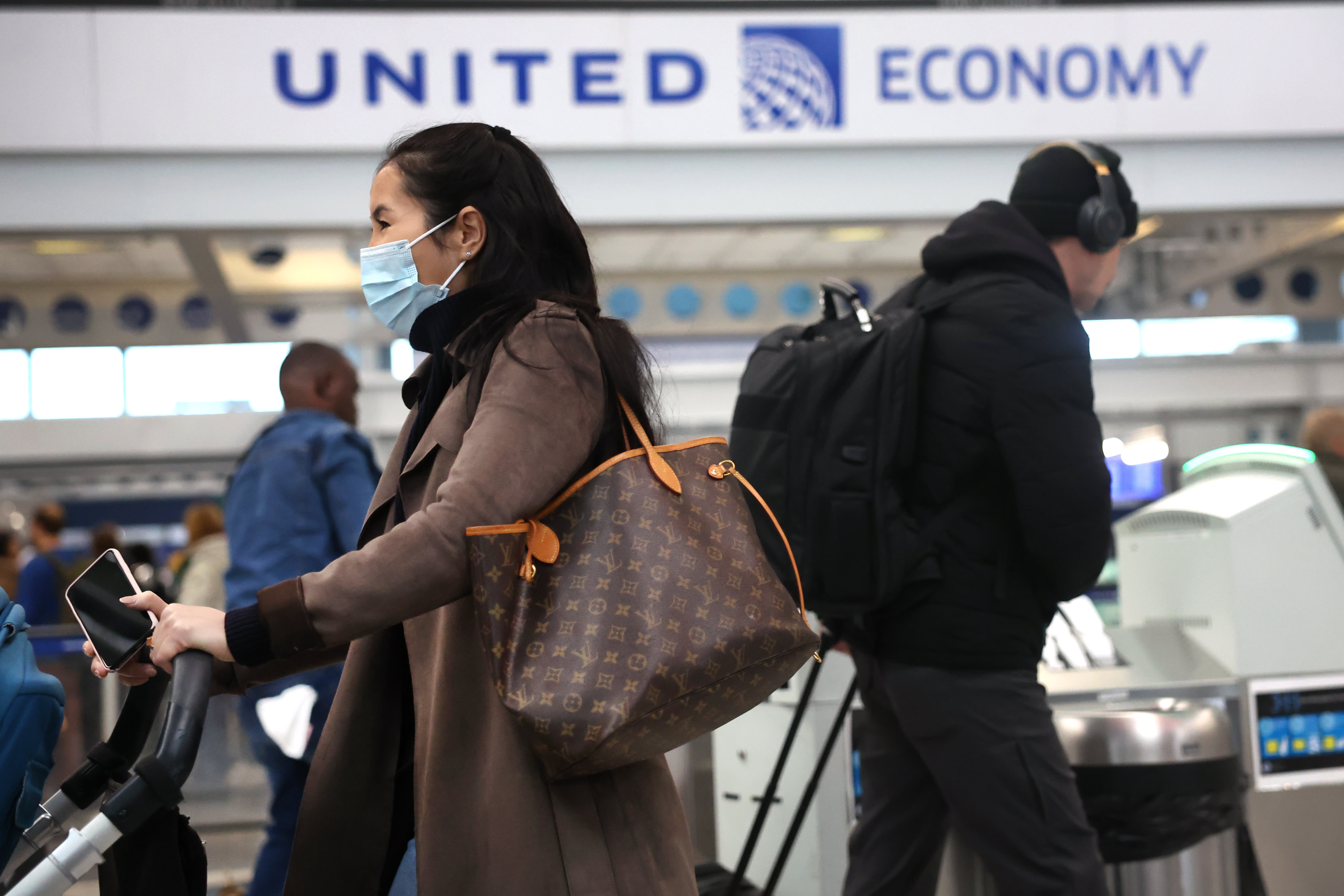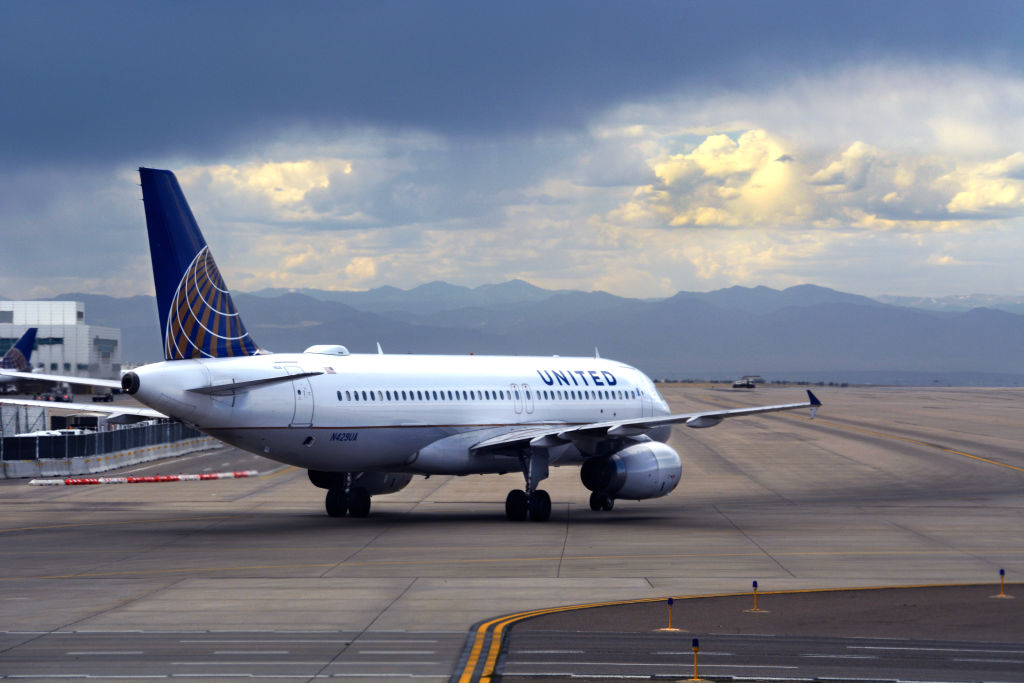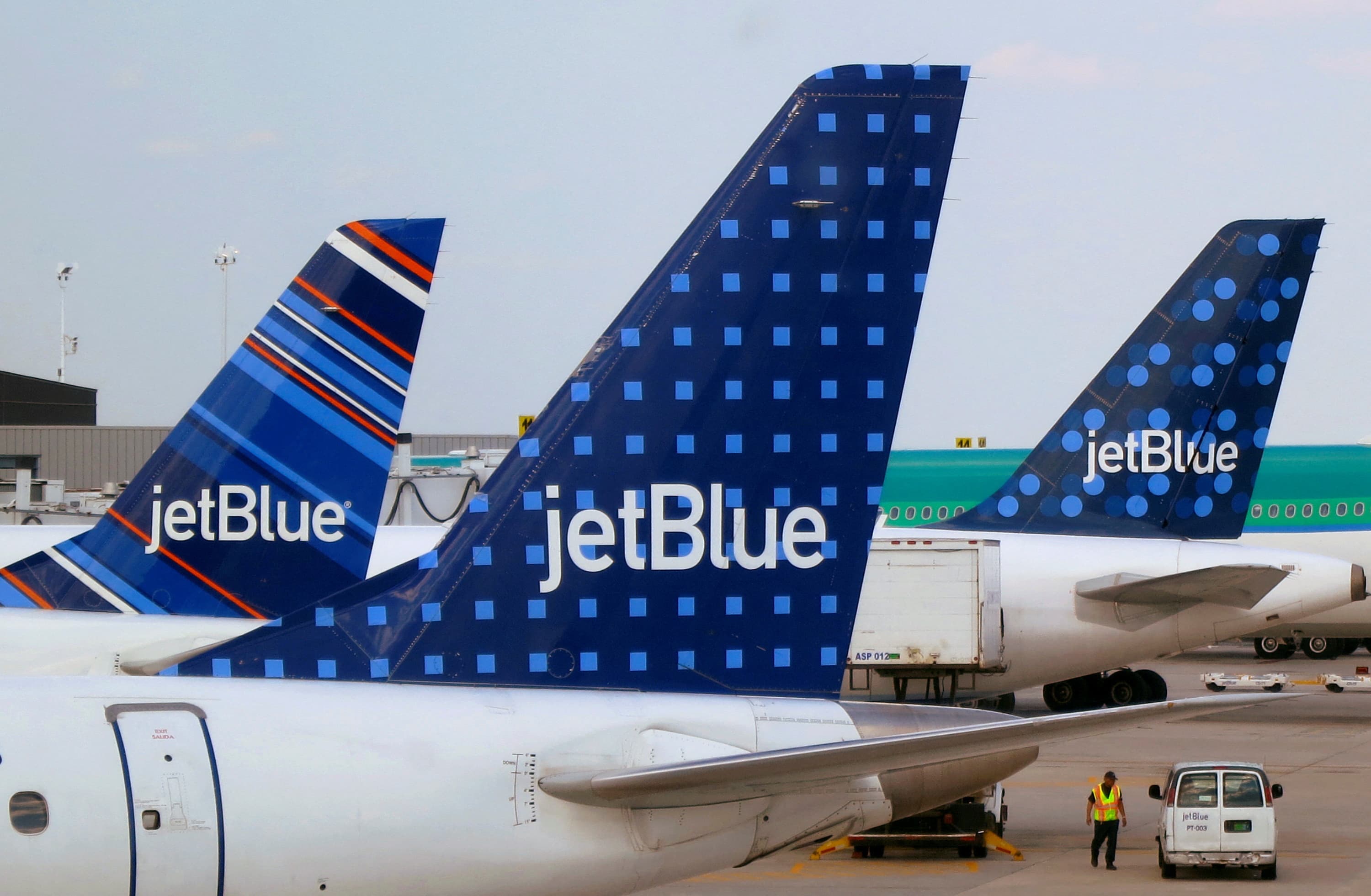Nothing drives away the holiday spirit -- and drives up blood pressure -- quite like a crowd of people trying to board an airplane, stow their carry-ons, and slide past each other to their middle seats before their flight takes off.
A new boarding method that United Airlines rolled out last month has people thinking about all that lost time in new, excruciating detail. And while United claims their new boarding method will ease frustrations, a physics professor in Las Vegas says he has an even more efficient way.
According to University of Nevada, Las Vegas professor Jason Steffen, the issue is quite simple, and all about spacing.
"What you really want to do is have passengers putting their luggage away that are spread all throughout the aisles," Steffen told NBC4 Washington in a virtual interview. "So instead of having two people putting their luggage away at once, you could have 10 people putting their luggage away all at once."
We've got the news you need to know to start your day. Sign up for the First & 4Most morning newsletter — delivered to your inbox daily. Sign up here.
Here's how it would work, step-by-step, according to Steffen's method:
- The plane would begin boarding on just one side -- for example, the right side.
- Passengers in even-numbered rows, with window seats, on that side of the plane, would board first. Of those people, the first to board would be those sitting toward the back of the plane.
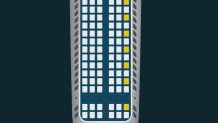
- Passengers in even-numbered rows with middle seats on that side would go next, boarding back-to-front.
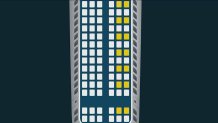
- Passengers in even-numbered seats with aisle seats on that side would go third, boarding back-to-front.
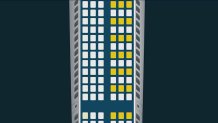
At that point, the even-numbered rows on one side of the plane are all full.
Then, the process repeats with the even-numbered rows on the opposite side of the plane -- in this example, on the left side.
It's the same process again:
- Passengers in even-numbered rows with window seats board back to front
- Even-numbered, middle seats, back-to-front.
- Even-numbered, aisle seats, back-to-front.
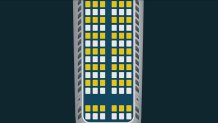
After all the even rows on both sides of the plane are full, the boarding process would switch to the odd-numbered rows.
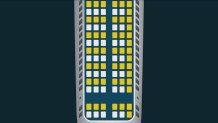
Window, middle, aisle, boarding back-to-front, on one side ...
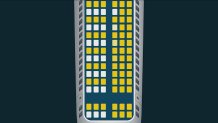
... and then the other ...
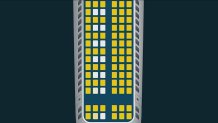
... until everyone is on board with their luggage.
"The main thing is to spread people out, so that when I'm putting my luggage away, I have one extra row of space," Steffen said. That would keep people from bumping elbows trying to lift heavy suitcases over their heads.
United Airlines' new boarding method also involves a window, middle, aisle system -- but the airline still lets first class and business class board before economy passengers.
Steffen's idea also isn't new: He first published this method for boarding planes in 2008. He then tested the results again in 2011. After all that testing, he says his method could shave precious minutes off even the fastest of boarding methods right now.
And when it comes to flying, time is money. All those minutes saved boarding planes could equate to an extra short flight or two that airlines could add each day.
But Steffen also acknowledges that it may not be the most practical way to board planes for, say, families that want to board together.
With that in mind, he thinks even a free-for-all may be more efficient than the way most airlines board planes.
"Another way to spread passengers out is to just get on the intercom and say the airplane is open, everybody get on," he told News4. "Because you know, who knows where the people in front of you or behind you are sitting ... You'd have a big line at the beginning and then it would empty out faster than I think people would realize."

